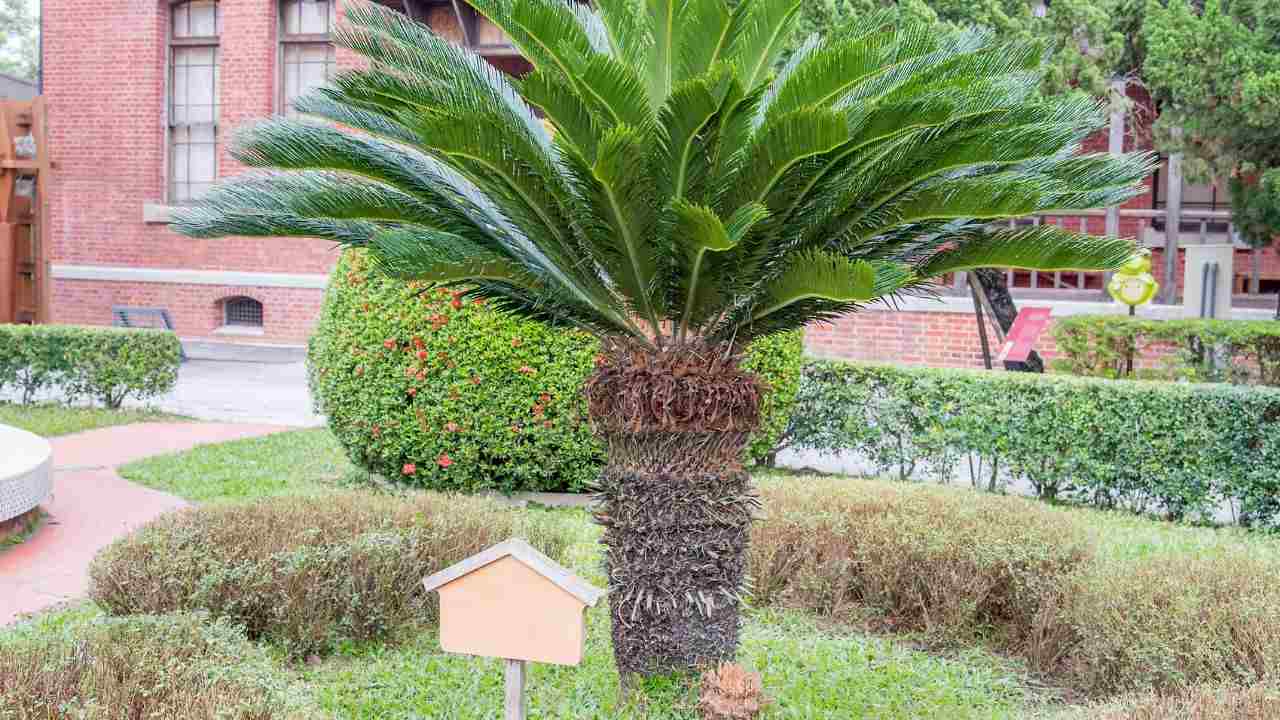
Before we dive into identifying the gender, let’s quickly talk about what a sago palm is. Sago palms, scientifically known as Cycas revoluta, are not true palms but belong to the cycad family. These plants are popular for their tropical appearance and are often used in landscaping and as ornamental plants.
Sago palms come in male and female types. Here’s how you can tell the difference:
Male Sago Palm: The male sago palm produces a tall, cone-like structure in the center of its leaf rosette. This cone is typically yellow to orange and can grow up to 24 inches tall. It looks somewhat like a giant pine cone.
Female Sago Palm: The female sago palm, on the other hand, produces a rounded, dome-shaped structure in the center. This structure is covered with a mass of small, reddish seeds. It resembles a fuzzy, round ball.
The reproductive structures (cones) usually appear in mature sago palms that are around 15-20 years old. They emerge during the warm growing season, typically in late spring to early summer.
Knowing whether your sago palm is male or female is important for several reasons:
Pollination: If you want to produce seeds, you need both a male and a female plant. The male cone releases pollen, which needs to be transferred to the female plant for fertilization.
Landscaping: Some gardeners prefer the look of one gender over the other. The male cone is more prominent and can add a unique feature to your garden, while the female structure is more subtle.
Regardless of the gender, sago palms require similar care:
Light: They thrive in bright, indirect sunlight.
Water: Water them sparingly. Let the soil dry completely between watering sessions.
Soil: Use soil that drains well to prevent root rot.
Fertilizer: Feed them with a balanced, slow-release fertilizer during the growing season.
Identifying the gender of your sago palm is straightforward once you know what to look for. Just check the center of the plant for the characteristic cone or seed structure. With proper care, your sago palm will continue to be a beautiful addition to your garden, whether it’s male or female.

Come and experience the best of nature and family fun at Faizan Nursery Farms. Whether you're looking to beautify your home or commercial property, we have everything you need.
Copyright© Faizanfarms 2025. All Rights Reserved.
